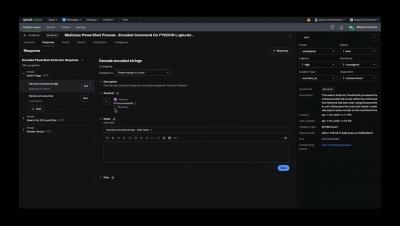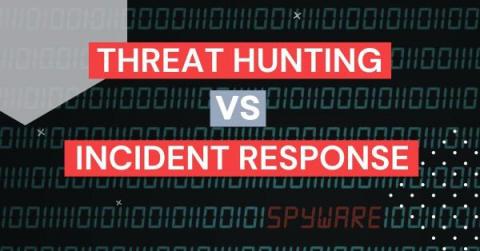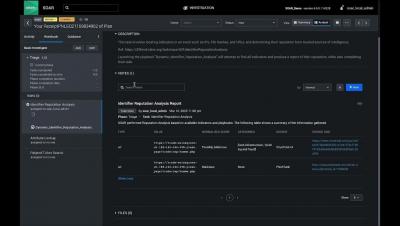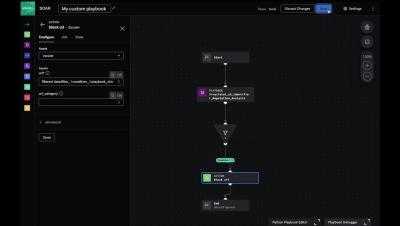SecOps In Seconds: Creating Response Templates in Splunk Mission Control
Streamline your workflows by improving SOC process adherence when you codify your operating procedures into pre-defined templates. Use Splunk Mission Control to speed up investigations with pre-built response templates that include embedded searches, actions, and playbooks to empower security analysts. Model your response plans based on pre-built templates that can be used for security use cases such as “Encoded PowerShell Response”, “Insider Threat” or “Ransomware”. Or build your own templates based on your established processes that are scattered across systems to finally achieve repeatable security operations. This allows you to close the gap between your Splunk ES detections and rapid incident response.











